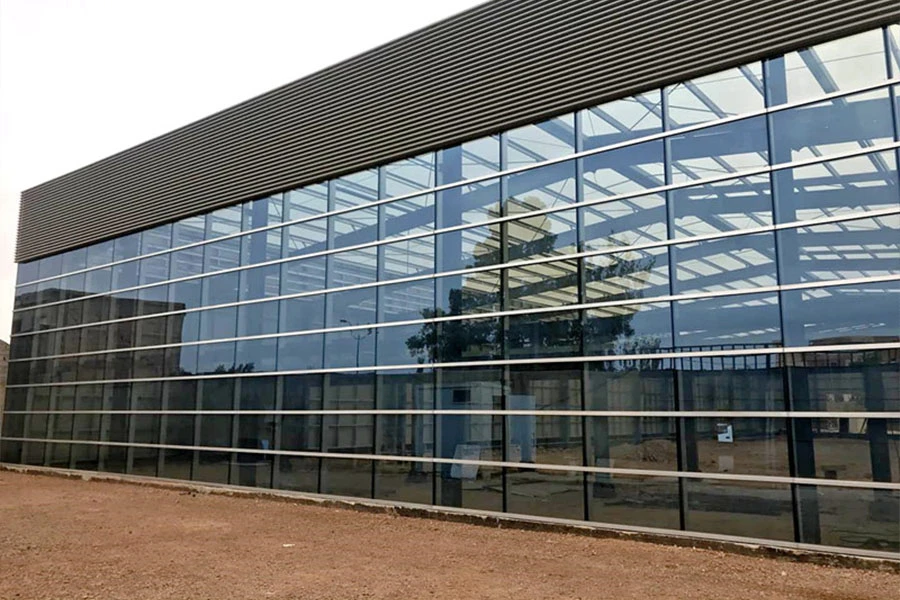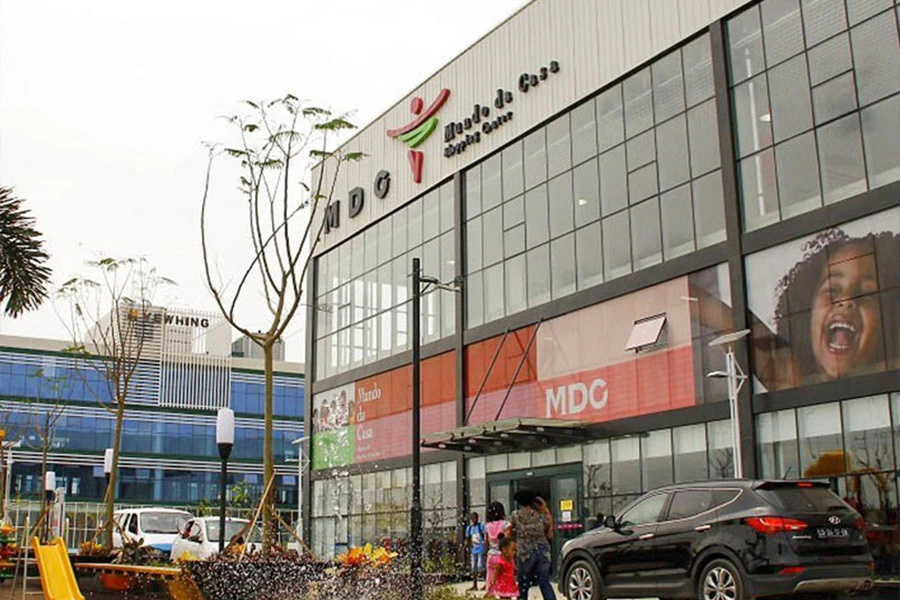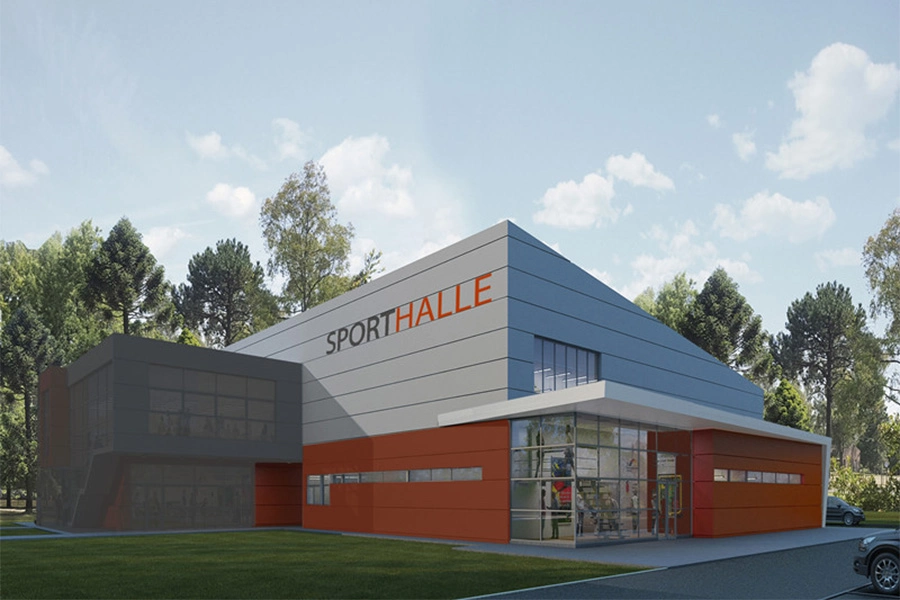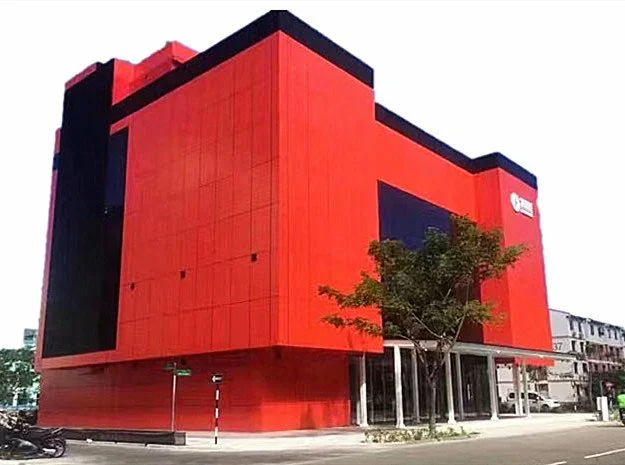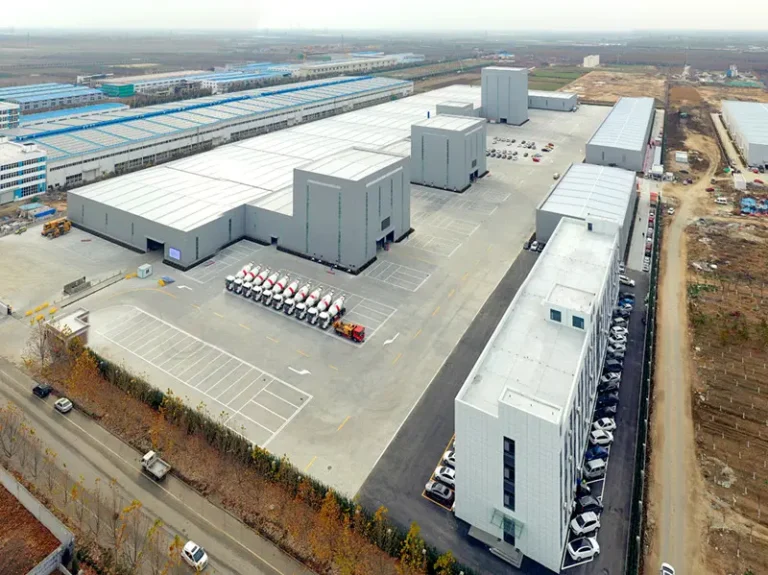Why Are Pre Engineered Steel Buildings Gaining Popularity in Modern Farming?
Key Benefits of Using Steel Structures on Farms
Pre engineered steel buildings are growing popular on modern farms. They are flexible, tough, and useful. These buildings offer broad, open spaces inside without pillars getting in the way. Farmers can store big machines, vehicles, or piles of materials with ease. The ability to change sizes and layouts makes them great for barns, tool sheds, animal shelters, or grain storage.
Pre engineered steel buildings are also very adaptable. They can be shaped to fit specific farm jobs, like a cool space for dairy or a breezy area for crops. Their modular setup lets farmers add more room later as their needs grow.
How These Buildings Address Common Agricultural Challenges
Farms often face rough weather, bugs, and the need for quick building. Pre engineered steel buildings handle these problems with strong designs and fast setup.
Their steel frames are built to be able to sustain gusty winds, snow, or earthquakes. It is perfect for rural areas with harsh weather conditions. Over wood, steel buildings put an end to termites and mice, which infest typical barns.
Since pre engineered steel buildings are prefabricated, parts are made off-site and put together fast on the farm. This causes less hassle for daily work. It also lets farmers use the building sooner than with regular building methods.
Comparing Traditional Construction with Pre Engineered Options
Traditional farm buildings, made of wood or brick, take longer to build. They also cost more. Pre engineered steel buildings, on the other hand, use standard parts that reduce waste and make building more simple.
For example, the auto parts factory project in November 2020 used a portal steel frame with a 40m span. This made a wide, open space without inner supports, which is tough with wood or brick. Steel buildings also need less care over time. They resist rot, mold, and bugs, saving money in the long run.
How Do Pre Engineered Steel Buildings Contribute to Farm Sustainability?
Energy Efficiency and Environmental Impact
Insulation and Natural Ventilation Capabilities
Pre engineered steel buildings help green farming with good insulation, like fiberglass wool or glass wool panels. These keep indoor temperatures steady by cutting heat loss through walls and roofs.
The Steel Structure Sports Hall project, covering 1526 square meters, used steel sheets with glass wool insulation. This showed how energy-saving designs work in big buildings. Adding natural airflow to the design cuts the need for electric heating or cooling. This reduces energy use a lot.
Reduced Carbon Footprint Through Material Efficiency
Steel is easy to recycle. Pre-engineered steel parts are cut exactly in factories, which lowers waste during manufacturing and building. This cuts carbon emissions from waste disposal. Steel is also lighter than concrete, so it reduces transport emissions.
Durability and Longevity in Harsh Farm Environments
Resistance to Weather, Pests, and Corrosion
Pre engineered steel buildings are built to last in tough farm settings. Their galvanized steel frames resist rust, especially in wet or coastal areas. The supermarket project in Angola used Q355B and Q235B steel with protective coatings. These keep the building strong and in hard condition.
Minimal Maintenance Requirements Over Time
Unlike wooden barns that need regular painting or bug treatments, Pre engineered steel buildings require little upkeep. Factory-applied coatings stop rust. The sturdy structure lasts for decades, saving farmers time and money.
What Cost Advantages Do Pre Engineered Steel Buildings Offer Farmers?
Lower Initial Investment and Faster Construction Times
Prefabrication and On-Site Assembly Efficiency
Pre engineered steel buildings save money from the beginning. Prefabricated parts arrive ready to put together, avoiding delays from on-site mistakes or material shortages. The Madagascar board house project, with over 200 light steel units, showed how quick setup helps during busy farm seasons.
Reduced Labor Costs and Downtime
Pre engineered steel buildings need less labor than traditional builds. Smaller teams can assemble them fast. This lowers labor costs and lets farms get back to work quickly.
FAQ
Q: What certifications does XINGUANGZHENG hold for its steel structures?
A: XINGUANGZHENG has obtained several prestigious certifications, including the American Institute of Steel Construction (AISC) certification and the EAC certification for steel structure products. These certifications validate the company’s adherence to international standards and enhance its capability to serve global markets.
Q: How does XINGUANGZHENG ensure the quality of its pre-engineered steel buildings for farms?
A: XINGUANGZHENG ensures quality through its advanced production facilities equipped with intelligent machinery such as laser cutting machines, welding robots, and automatic spraying lines. The company also employs a team of over 100 senior technical personnel who oversee design and production processes to maintain high standards.
Q: What are the advantages of using pre-engineered steel buildings for farm applications?
A: Pre-engineered steel buildings offer numerous advantages for farm applications, including durability, cost-effectiveness, quick assembly, and flexibility in design. These structures are resistant to harsh weather conditions and can be customized to meet specific agricultural needs such as livestock housing or storage facilities.
Q: Can XINGUANGZHENG provide customized solutions for agricultural projects?
A: Yes, XINGUANGZHENG offers professional customized services tailored to each customer’s project requirements. With a team of experienced designers and engineers, the company provides preliminary solutions that are refined until they meet customer satisfaction, ensuring that every agricultural project is optimized for functionality and efficiency.
Q: What types of pre-engineered steel buildings can XINGUANGZHENG provide for farms?
A: XINGUANGZHENG offers a variety of pre-engineered steel buildings suitable for farms, including cattle sheds, milking parlors, grain storage facilities, and complete systems from breeding to production facilities. These structures are designed to be durable and efficient for agricultural operations.

